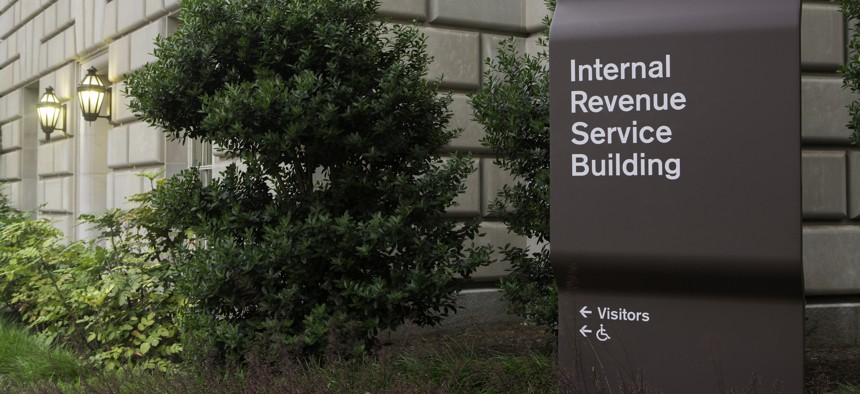AI is part of a 'new era' at IRS, commissioner says
The tax agency announced the expansion of work to use AI in how it goes after large partnerships.
The IRS is using artificial intelligence to identify complicated tax evasion schemes and focus its enforcement efforts for large partnerships, as part of a new compliance push announced Friday.
“The IRS is deploying new resources towards cutting-edge technology to improve our visibility on how the wealthy have gotten more creative on where they shield their income and focusing our staff attention on the areas of greatest abuse,” IRS Commissioner Danny Werfel told reporters on Thursday, dubbing it a “new era” for the IRS, “where we’re investing in tools like artificial intelligence.”
The IRS is expanding its Large Partnership Compliance program, launched in 2021, to cover more of such partnerships, including hedge funds, real estate investment partnerships, large law firms and other industries.
The agency is also using AI to focus its compliance work, with plans to audit 75 large partnerships — each with assets over $10 billion on average — that were selected with the help of an AI tool in what Werfel called a “groundbreaking collaboration among experts in data science and tax enforcement.”
“These new tools are helping us see patterns and trends that we could not see before,” he said. “As a result, we have higher confidence on where to look and find where large partnerships are shielding income… In other words, who are the large partnerships that are shielding income, and where will we find it?”
The model uses risk indicators for noncompliance “based on accounting rules, tax law and a machine learning algorithm,” according to a July Government Accountability Office report. It classifies returns in terms of how likely they are to be noncompliant.
That same GAO report said that both the current statistical model used to target IRS enforcement efforts and this new model have “design weaknesses” — particularly the sample used for training and a “lack of plans to incorporate feedback” — that “limit the IRS’s ability to leverage these technologies to objectively identify the most high-risk returns and improve audit selection over time.”
Overall, the audit rate for large partnerships has gone down since 2007, and, on average, over 80% of IRS large partnership audits from 2010 to 2018 didn’t result in changes to the return, GAO found.
The tax agency also announced that it will focus on 1,600 millionaires with over $250,000 in tax debt in an expansion of previous work and that it’s putting around 500 large partnerships on notice to address “balance sheet discrepancies” that are a “leading indicator of balances due that have not yet been paid,” said Werfel.
"It’s been far too easy for tax evaders to cut corners,” said Werfel. “The IRS has simply not had enough resources or staffing to address partnerships.”
The Inflation Reduction Act put nearly $80 billion towards the tax agency last year, but the debt ceiling agreement struck earlier this year between the White House and lawmakers rescinds $1.38 billion of the agency’s Inflation Reduction Act funding and repurposes another $20 billion of the funding over fiscal years 2024 and 2025.
Targeting enforcement efforts for the nation’s wealthiest is one of several ongoing uses of AI in the tax agency, Werfel told reporters, pointing to technology for IRS phone lines to automate answers to common questions without callers talking to IRS representatives on the other end of the line.
NEXT STORY: HHS looks to improve cybersecurity coordination






